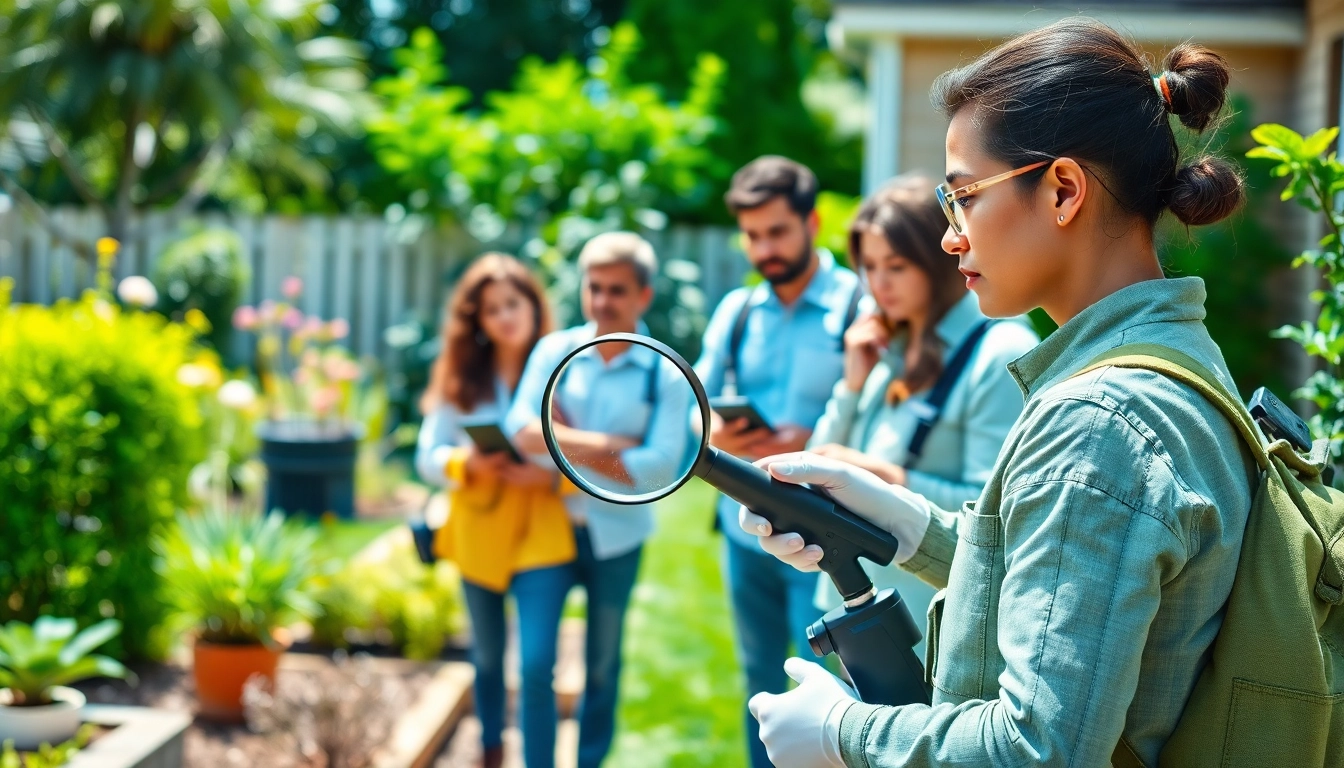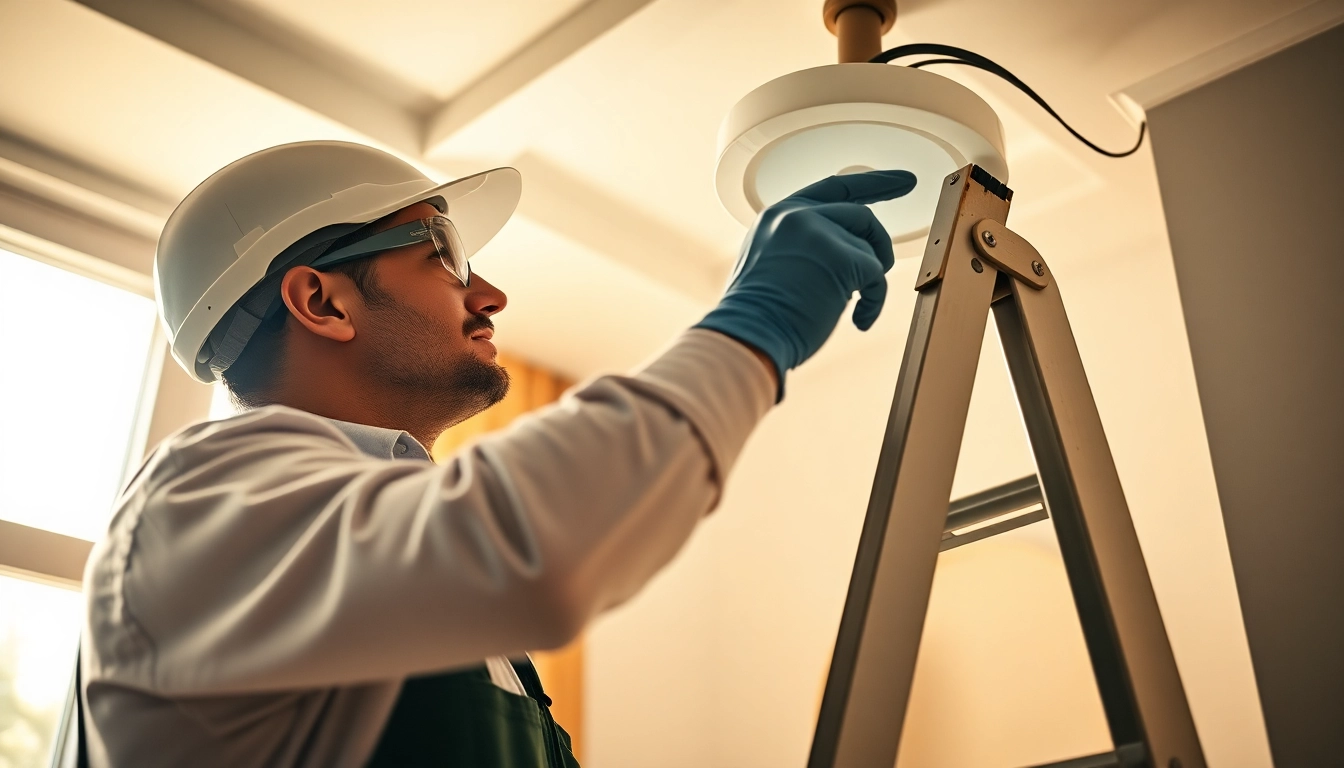Understanding Pest Management: Key Concepts
Pest management is an essential practice for maintaining the health and safety of both residential and commercial spaces. It involves a variety of strategies and techniques aimed at identifying, controlling, and preventing pest infestations—crucial for ensuring a healthy environment. By utilizing effective pest management methods, individuals and businesses can protect their properties from the damaging effects of pests and enhance their overall quality of life.
The Importance of Pest Management
The significance of pest management cannot be overstated. Pests can cause considerable damage to homes, businesses, and agricultural settings. They are vectors of diseases, compromise food safety, and can lead to structural damage that incurs costly repairs. Effective pest management helps mitigate these risks by addressing the problems before they escalate. Furthermore, environmental considerations increasingly play a role in pest management, driving the adoption of sustainable practices that protect biodiversity while managing pest populations.
Types of Pest Management Strategies
Pest management strategies can be broadly classified into several categories:
- Preventive Measures: These include maintaining cleanliness and eliminating conditions that attract pests, such as proper waste management and routine inspections.
- Cultural Control: This involves modifying farming practices or habitats to make them less conducive to pest infestations.
- Biological Control: Utilizing natural predators or parasites to reduce pest populations is an eco-friendly approach supported by scientific research.
- Mechanical Control: This strategy involves physical removal or exclusion methods, such as traps and barriers.
- Chemical Control: The application of pesticides is often a last resort, aimed at rapidly reducing pest numbers while ensuring safety standards are met.
Integrated Pest Management (IPM) Explained
Integrated Pest Management (IPM) is considered the gold standard in pest management. It is a holistic approach that combines various techniques to manage pests sustainably and economically. According to the University of California’s IPM program, IPM aims to reduce or eliminate the reliance on chemical pesticides through the integration of biological control, habitat manipulation, and cultural practices. This not only helps in controlling pest populations but also minimizes risks to human health and the environment.
Recognizing Common Pests and Their Impact
Identifying Household Pests
Common household pests include ants, cockroaches, termites, rodents, and bedbugs. Each pest has distinct characteristics, behaviors, and habitats that help in their identification. For instance, termites are often found in wooden structures, while cockroaches thrive in warm, moist environments. Proper identification is critical as it informs the appropriate management strategies to employ.
Common Pest Problems and Solutions
In addressing common pest problems, tailored solutions are essential. For instance, ant infestations may require the use of bait stations that target their entire colony instead of merely dealing with visible workers. In contrast, a bedbug issue often necessitates a comprehensive approach involving heat treatments, vacuuming, and the application of approved insecticides. Understanding the specific biology and behavior of each pest allows for the creation of effective control methods.
The Economic Impact of Pest Infestations
Pest infestations can have dire financial consequences. According to research published by pest management organizations, pests can lead to losses in the agricultural sector of billions of dollars each year due to crop damage and reduced yields. Besides agricultural losses, pest problems in residential areas often result in increased repair costs and decreased property values. Moreover, pest-related health concerns can elevate medical expenses associated with treating diseases caused by pest infestations, such as allergies or vector-borne illnesses.
Developing a Pest Management Plan
Anatomy of a Successful Pest Management Strategy
Creating a successful pest management plan begins with a thorough assessment of the environment for conditions conducive to pest infestations. This includes examining property specifications, historical pest problems, and potential entry points. Setting specific, measurable goals for pest control and outlining timelines for reviews are critical elements of this plan. Each strategy should be tailored to the individual circumstances to ensure effectiveness.
Assessment of Pest Presence
The initial assessment reveals the current state of pest populations. Tools such as pest monitoring traps and surveys can provide insights into pest behavior and nesting sites. This data helps in making informed decisions about which control methods may be necessary. Regular monitoring is vital to adapting the pest management strategy as needed—particularly in response to changes in pest populations or environmental conditions.
Implementation of Control Measures
Once the assessment is complete, the next step is implementing the control measures. This might involve the strategic application of pesticides, both insecticidal and herbicidal methods, as necessary, along with biological controls like beneficial insects. The timing and placement of these measures are critical; timely intervention often determines success vs. failure. Regular follow-ups and adjustments may be required to ensure ongoing effectiveness.
Best Practices for Long-Term Pest Management
Preventive Measures for Pest Control
Long-term pest management hinges on preventive measures. This includes maintaining a clean environment, sealing cracks and gaps in building structures, and employing landscaping techniques that reduce pest habitats. Regular inspections should also be scheduled. A proactive approach often negates the need for reactive measures, keeping pest populations from reaching damaging levels.
Monitoring and Evaluating Pest Levels
Systematic monitoring allows for timely interventions. Evaluation metrics include tracking the effectiveness of employed control measures and observing pest activity levels over time. Keeping detailed records of pest sightings and control methods utilized can contribute to refining the overall pest management strategy. The goal is to maintain pest populations at acceptable thresholds rather than eliminating them entirely, which can disrupt ecological balances.
Adapting Management Strategies Over Time
Adapting pest management strategies is crucial as environmental conditions, pest behaviors, and emerging pest species can shift over time. Established methodologies should be reviewed regularly, evaluating their effectiveness and making adjustments as necessary. This might involve integrating new technologies or methods developed through ongoing research within the pest management field.
Choosing Professional Pest Management Services
Benefits of Hiring Pest Management Experts
While DIY pest control measures can be effective for minor issues, hiring professional pest management services can provide numerous advantages. Experts possess specialized knowledge and access to advanced treatment options not available to the general public. These professionals can conduct thorough assessments, establish comprehensive management plans, and ensure any treatments comply with safety regulations and environmental standards.
What to Look for in a Pest Management Provider
When choosing a pest management provider, consider their certifications, experience, and customer reviews. A reputable company should have certified pest control professionals and a clear outline of their services. Inquire about their approach to pest management—do they utilize IPM methods, and how do they prioritize environmental safety? Understanding their methodologies helps ensure that your pest management aligns with your preferences for sustainability and safety.
How to Evaluate Pest Management Effectiveness
Evaluating the effectiveness of pest management efforts can involve several metrics, such as changes in pest sightings, property damage reports, and customer feedback regarding pest-related issues. Regular reviews and assessments can inform better practices, allowing for fine-tuning and improving pest management strategies over time. Ensuring continuous evaluation helps establish a culture of proactive pest management, ultimately preventing costly infestations in the future.















Leave a Reply